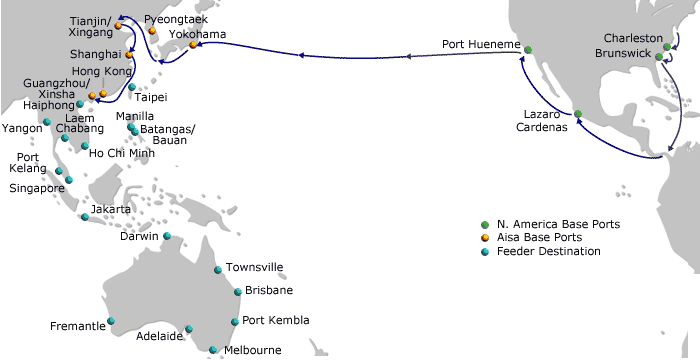


Crossing impressive viaducts and through high embankments, the route passes through Lancaster, at which point the branch to Morecambe Bay heads westwards and the WCML passes the coast at its closest point.īrushing the edge of the Lake District, northbound trains are soon faced with the steep five mile (8km), 1:75 incline from Tebay over Shap, a challenge still for heavy freight trains and steam charters. On departure, the route run through the northern industrial and suburban areas of Preston, passing the Church of St Walburge, a significant landmark in the city, and under the M55, before entering open countryside. West Coast Main Line Over Shap represents the 90 mile section from Skew Bridge Junction (Preston) to Carlisle Upperby, and on to Dumfries via Gretna Junction, set in the BR blue period of the 1970s.Īn important interchange for services to and from Manchester, Bolton and Blackpool, Preston is considered to be the approximate half way point between London and Scotland, therefore is the point of crew changes on services running along the route. New style passenger coaches were also introduced and many stations demolished and rebuilt to accommodate faster and longer trains, paving the way for the West Coast Main Line that operates today.

Full electrification of the line heralded the introduction of BR’s InterCity brand, drastically cutting journey times along the route. Modernisation by British Rail in 1955 saw the line upgraded and electrified in stages between 19. Nicknamed the Race to the North by British newspapers, attempts were often made to reduce journey times between London and Glasgow, which saw the route host such famous locomotives as the Princess Coronation Class.

The WCML competed fiercely with the rival East Coast Main Line, operated by the London and North Eastern Railway, for London to Scotland traffic. Over subsequent years, other branch lines along the East Coast opened, with the final sections of what is now the WCML opening in the late 1800s. The first section to open of what is now the West Coast Main Line was in 1837, connecting Liverpool and Manchester to Birmingham, via Crewe, Stafford and Wolverhampton. One of the UK’s most important rail routes and also one of the busiest freight routes in Europe comes to life in the fantastic West Coast Main Line Over Shap route for Train Simulator, from Krossrails.


 0 kommentar(er)
0 kommentar(er)
